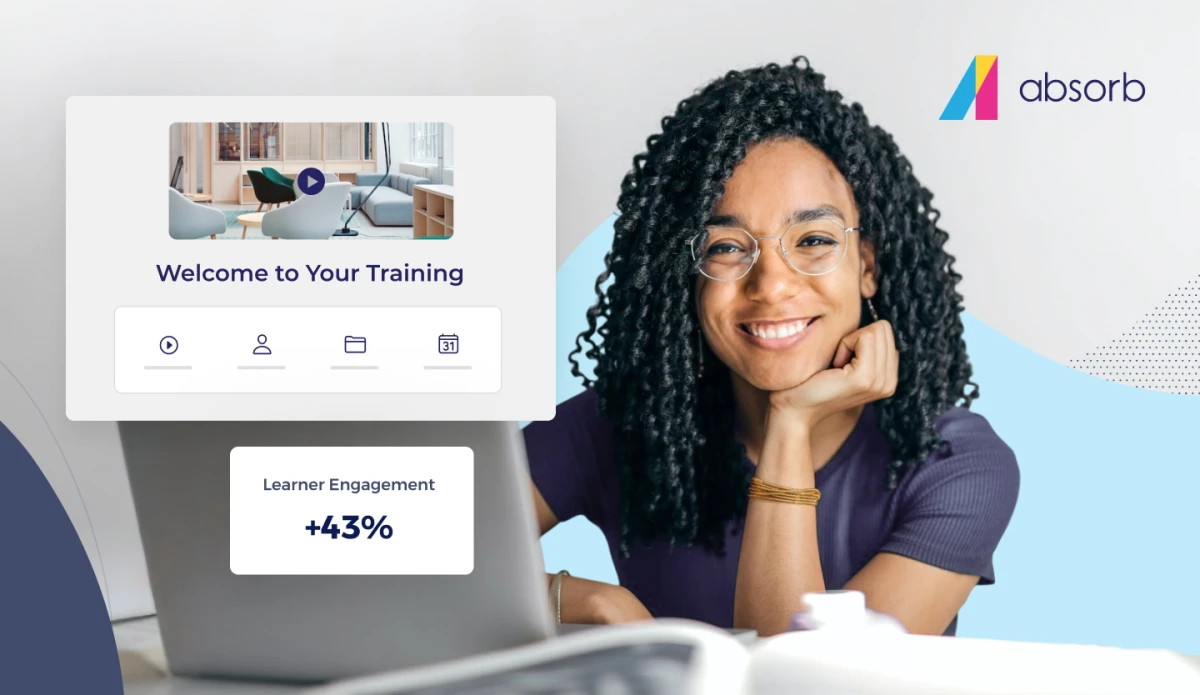Digital natives will soon be the majority of the workforce. Millennials currently make up the largest portion at just over one-third, according to Pew Research, and Generation Z—born between 1995 and 2015—is coming up right behind them. Your company's learning management system must be fully equipped to match each generation's preferred style of learning.
Here's how a design thinking framework can help you develop a dynamic curriculum and LMS experience that accounts for distinct user preferences of millennial and Gen Z workers.
Step 1: Meet employees where they're at
Design thinking puts users at the center of solutions. Both iterative and heavy on experimentation, it starts by understanding their wants, needs and objectives. Millennials and Gen Zers like opportunities to update their skills as technology accelerates the pace of change in their careers. They also appreciate flexibility and independence in their professional education.
Knowing these preferences, you'll need to ensure training is continually updated with fresh content and delivered in a format relevant to their digital lives. Courses must provide a seamless, mobile LMS experience across multiple platforms, and be heavily personalized and engaging. According to Wired, millennials like sleek interactive learning applications. Gen Z values immersive experiences that function as a "one-stop shop" for all their needs, Visual Contenting reported. Both generations, used to hunting down information and "how-to" videos on Google and YouTube, also have a desire to actively guide their careers. According to LinkedIn, 43% of Gen Zers prefer a "fully self-directed and independent approach to learning."
Step 2: Define what needs improvement
After you've gathered information on what younger learners want and conducted more research into the industry-specific courses that would most benefit them, home in on where your curriculum and LMS experience needs improvements. Outline the most significant problem you need to solve in one user-centric statement, such as "Millennials and Gen Z need modules that will engage them in the flow of work."
Provide this objective and the supporting information you've gathered to the designers in your team, who can use it to begin assessing the new functionality and features they will eventually need to create to solve the problem.
Step 3: Ideate to uncover unique solutions
Once you and your designers have zeroed in on where upgrades are needed, gather them and internal stakeholders to generate creative ideas for implementation. Millennials and Gen Zers are innovators and social collaborators. The education you serve must be challenging and feature unique content, visuals and microlearning modules that they can watch on the go.
At this stage, consider all ideas that can enhance the entire LMS experience. Think about how you can better structure and deliver courses in more engaging ways. Look at whether your interface is user-friendly and how you can gather honest feedback about your employees' learning experience. Your team can begin with a simple brainstorm or mindmap, or even storyboard the millennial and Gen Z learner's journey. Ensure that when everyone gathers to share ideas, they are prompted to participate with guidance and inspiration, and that the environment in which they're ideating is open and judgment-free.
Step 4: Create a prototype of the new curriculum
Adapting your LMS to the needs of a broad swath of workers will take trial and error. The fourth step of the design thinking process is a sandbox of sorts, to experiment and turn ideas into a curriculum that can be beta tested before a full launch.
Gather some of the new key modules you plan to add to your regular course offerings in a prototype, or a scaled-down version of the improved LMS you will eventually share with your full staff. At this stage, modules can be approved, rejected or redesigned before going live.
Step 5: Test the prototype with all employees
When you're ready to share your prototype, give users plenty of chances to provide honest feedback. This final step in the process should take into account the opinions of employees of all ages. Encourage each tester to evaluate courses for usability, engagement level, commitment required and relevance to their role or the company's objectives. Then use that feedback to finalize your new curriculum.
Bear in mind that the design thinking process is not a straight line. Evaluation and testing at any phase can send the process back to a previous step for refinement or to surface new ideas. You might even find yourself reevaluating the original statement established in step two. But just as your business needs to scale and accommodate new asks and demands, so too does your L&D strategy.





